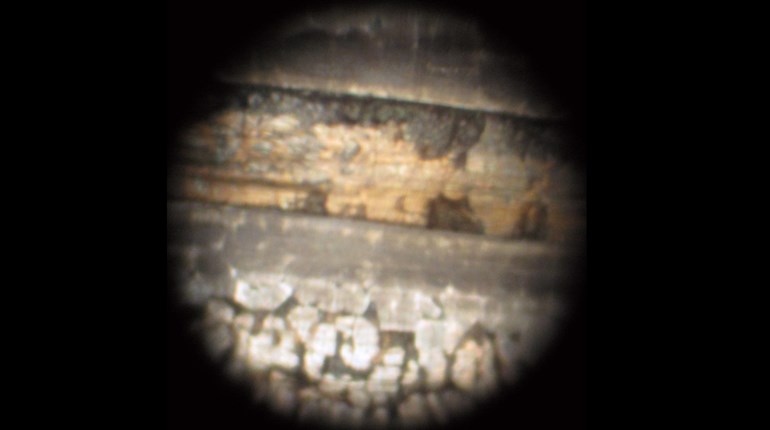
This article, "Drop Safe or Not Drop Safe," appeared originally as a Tech Wisdom column in the February 2017 issue of Shooting Illustrated. To subscribe to Shooting Illustrated, visit the NRA membership page here and select Shooting Illustrated as your member magazine.
Recently, one of the members of the gun club I belong to dropped his 1911 pistol—which was equipped with an inertial firing pin—on the concrete floor resulting in a loud noise and divot in the floor. The leadership of the club subsequently decided to ban all 1911 pistols without firing-pin safeties from the club property, having the belief that such pistols are inherently dangerous. Given the history of the 1911 in the U.S. military, law enforcement and civilians for more than a century, I intend to oppose the ban. After all, 1911s without firing-pin safeties continue to be manufactured today by Colt, Springfield and Ruger, to name but a few. So, why ban 1911s that pass industry standard drop tests because of this one incident? I would appreciate any insight you could provide concerning this matter.
Dan Hoyle, Raleigh, NC
I could second-guess the situation all day long, but I don’t have enough information about the actual incident to render a valid opinion. There is probably more there than meets the eye, however.
Most reputable firearms instructors will contend that a dropped firearm, regardless of its type, should be allowed to go to the ground rather than trying to catch it while it’s falling. The reasoning is when trying to grab an object in an expedient manner, it is done with the whole hand in a “clench response,” which does not discriminate where the fingers may end up while trying to catch the object—in this case a loaded pistol. In the training community, a great many of us believe there is less likelihood of the gun discharging by hitting the ground as opposed to grabbing the gun in midair and inadvertently hitting the trigger. Of course, if the grip safety on the 1911 is working properly, it would have to be depressed along with the trigger, which is a possibility, so that could cause the pistol to discharge. I’m not saying this is what happened, merely something to consider.
If human error was eliminated and the focus was to be placed on the firing pin alone, a few things have to be examined. An inertial firing pin has to be short enough so it doesn’t protrude through the breechface with the hammer resting squarely on the firing pin and firing-pin stop. The firing-pin spring has to be of sufficient strength to maintain the withdrawn position of the firing pin with the exception of when it was impacted by the force of the hammer, indenting the primer resting against the breechface and therefore firing the cartridge. The weight of the firing pin alone is not likely to overcome the strength of a properly functioning firing-pin spring through inertia to protrude through the breechface and indent a primer. It needs to have a hammer impact to move it from its stationary position to put it in motion with enough force to indent the primer of a cartridge.
In order to keep a properly functioning firing-pin spring in a 1911, manufacturers, gunsmiths and armorers alike usually recommend the firing-pin spring be replaced each time the recoil spring is replaced. This may or may not be necessary, but is solid insurance toward keeping the pistol in good working order. Plus, it offers an opportunity to clean the firing-pin channel in the slide and inspect the firing pin for any possible irregularities.
With the advent of newer and lighter materials for firing pins, the inertial method of controlling the firing pin in a 1911 is elevated to an even higher level.
Guns that pass the drop test (required by several states) are dropped on a solid-concrete slab from a height of approximately 40 inches, from a minimum of six different angles, to prove they won’t fire when dropped. These guns should be satisfactory for anyone with a concern for safety.
For what it’s worth, I believe your club leadership may be over-reacting, perhaps without all the facts. It may be a case of getting rid of all the dogs in the kennel because one has fleas.



































